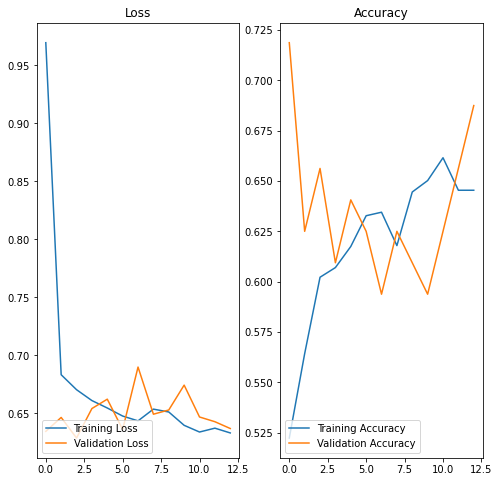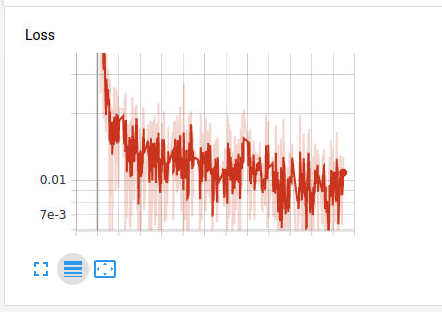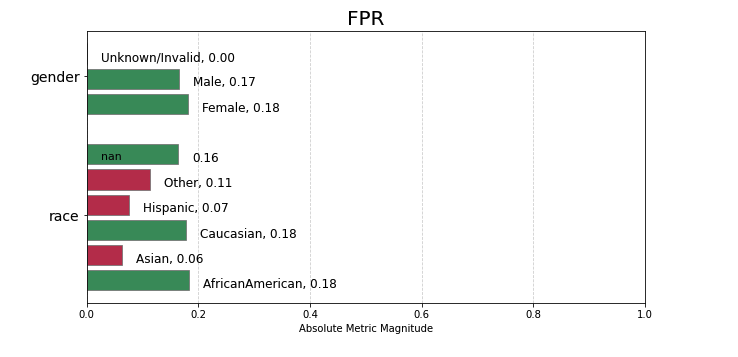During the beginning of the pandemic I engaged in multiple Udacity Courses This is a summary of the AI for Healthcare course and what I learned from it.
AI for Healthcare
In this course, I learned how to utilize machine learning techniques for health care data. The first project was a CNN that used chest X-rays to diagnose pneumonia.
For this project, I learned alot about how machine learning can be applied for health care purposes. This project covered the types of error, the steps involved in getting a model approved by the FDA, and how to properly handle sensitive medical data. The actual model generated was not particularly powerful, however with some continued work it could be made very robust.
A visualization of the model’s performance

The next project I undertook was using MRI scans for Hippocampus Segmentation. This was my first experience utilizing three dimensional data or MRI scans in general. The UNet-based model was coded using Pytorch, a library I had very little familiarity with. The whole project was very new to me and I learned a significant amount. In the future, I want to do some more experimentation with the UNet architecture and explore what problems I can apply it to.
A visualization of the segmentation model’s training performance

The next project was to build a regression model that predicted expected hospitalization time for a patient being given an experimental diabetes drug. This was then used to decide whether or not they should be included in the clinical trials. The data set was a synthetic and the real challenge was the preprocessing and analysis of the dataset rather than the model building. It was very challenging working with a medical dataset which required a considerable amount of preprocessing, feature engineering, and filtering. I also learned how to deal with model bias for demographic groups and how to mitigate these. This project was very informative on how to work with medical data and how to analyze a model based on that data.
A visualization of the model’s biases

This model shows significant bias towards Caucasians and African-Americans. There is also
a bias towards women over men.
The final project was utilizing data, in this case heart rate, from wearables. This project used data I was very inexperienced with handling. Preprocessing and analyzing the data was very difficult. I was able to complete the project and I learned a lot from the experience.
Overall, this course introduced me to many new data types and introduced me to the possible implementations of machine learning technology in the health care industry. I also learned how to handle sensitive health care data, the impact of model bias based on demographics, the intricacies of the FDA approval process, and the types of errors and metrics to consider in a health care setting.
